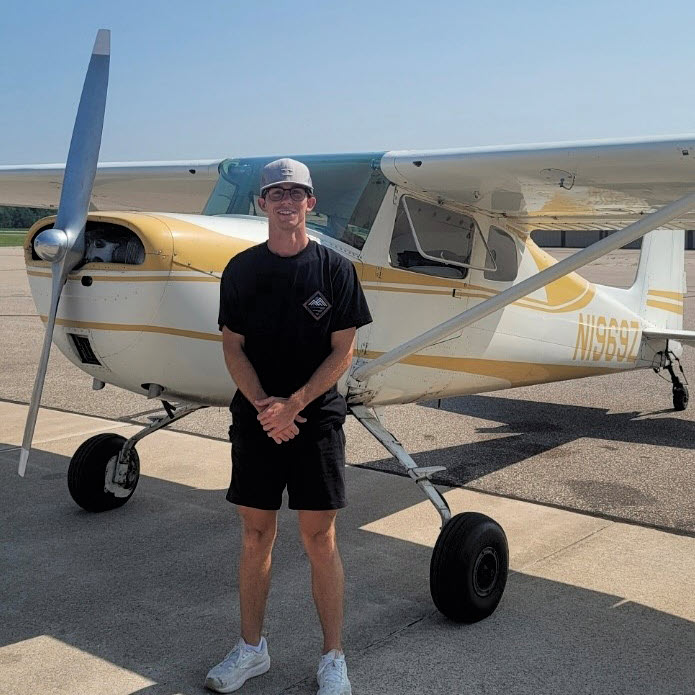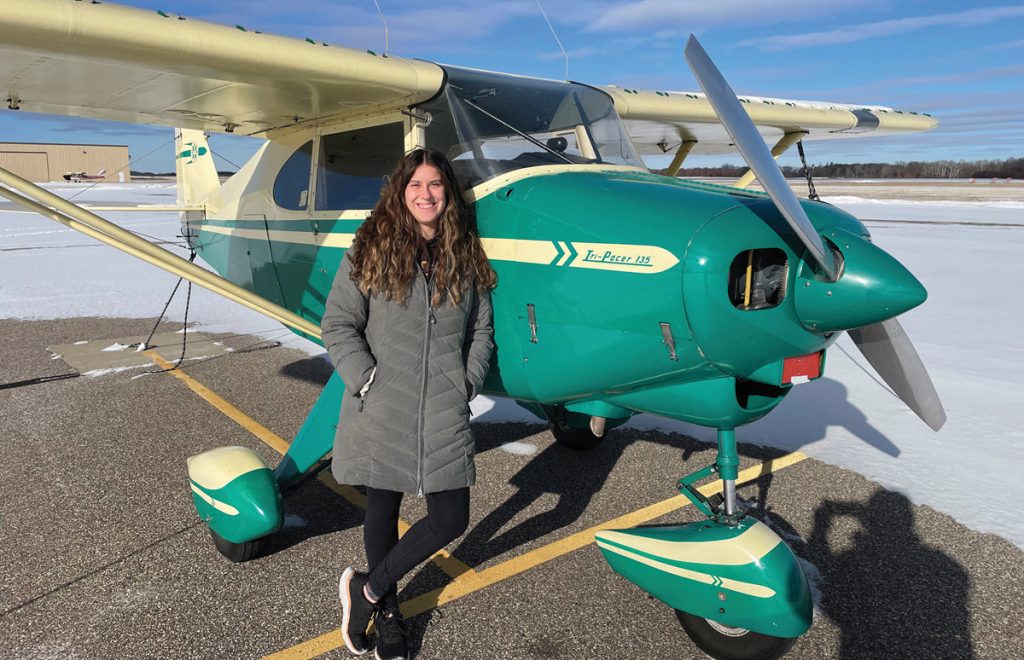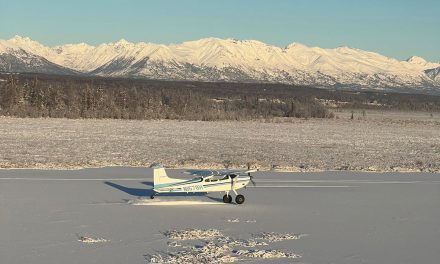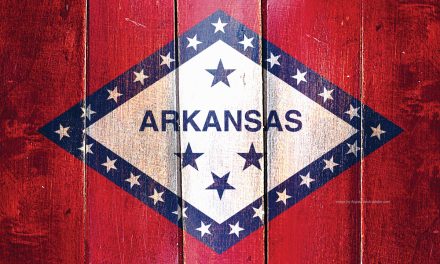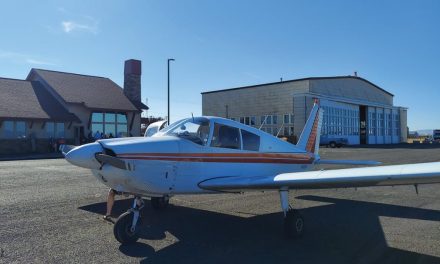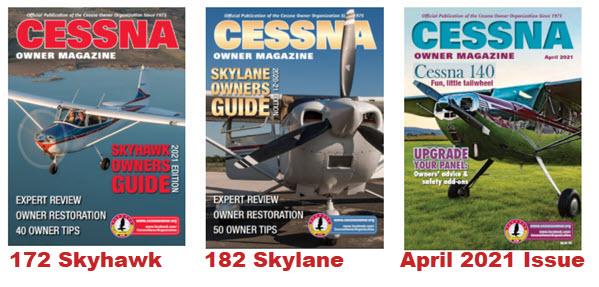By Jim Curns
In aviation, we all know about the high cost of flight instructions, as well as the time, dedication and scheduling it requires. This story is about four young pilots who had the tenacity that it takes to overcome those hurdles.
I met with these pilots at our local airport, my home base, PCZ in Waupaca, Wisconsin. The youngest is 21 and the oldest is 27. I am pleased to say there are more young pilots at our airport, but these four were available the day I began the interviewing process. The fact that we have so many new, young pilots is a reflection of our airport’s positive environment.
All of us, whether old guys like myself, flight instructors, A&Ps or the local EAA chapter, have seen the boost in activities at the airport in the past few years. Much of what makes this airport a success story is wonderful airport management. Today’s task is to give these young people an opportunity to shine. I will introduce you to four young pilots and explain how they accomplished their goals.
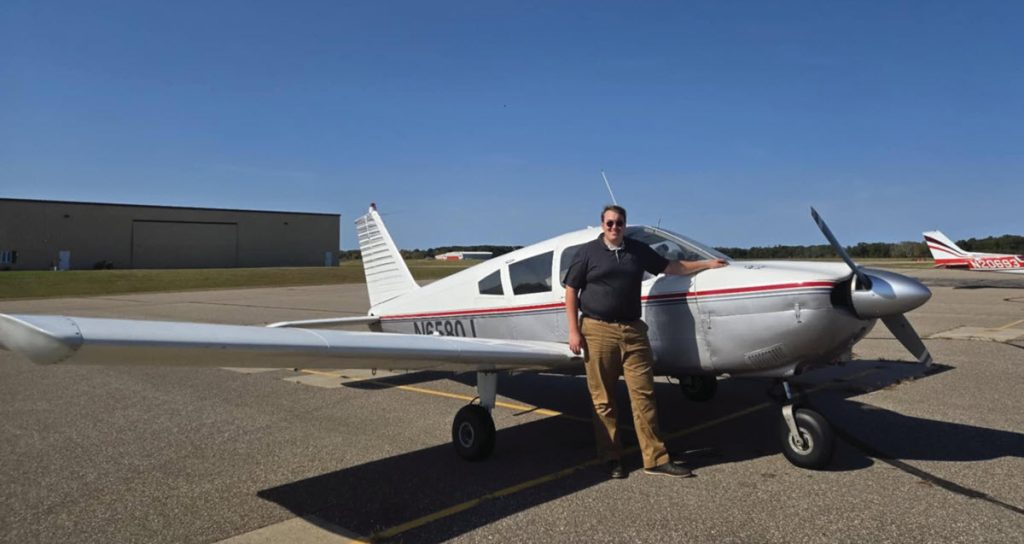
Kyle
Growing up, Kyle enjoyed flying with others and on commercial flights. He was drawn to pilot training as a result. Wayne Poppy, a local pilot known for encouraging others to fly, gave Kyle some additional encouragement and flying time in his Cherokee. Putting in the time, dedication and money wasn’t easy for Kyle, or any of the others, either. Kyle got a local job that paid well and saved as much of his paycheck as possible for flight training. He worked a second job and coached basketball for some extra income.
Kyle went through local flight training via a Part 61 training program. Going at his pace of affordability worked well for him. He now has his instrument rating and commercial certificate. He foresees completing his CFI certificate in the spring.
14 CFR PART 61
A 14 CFR Part 61 flight training program refers to a pilot training program that operates under FAA regulations outlined in Part 61, allowing for a flexible and customizable approach to learning, enabling students to progress at their own pace and fit flight lessons into their personal schedules, making it ideal for individuals with busy lifestyles or those who want more control over their training compared to a structured Part 141 program.
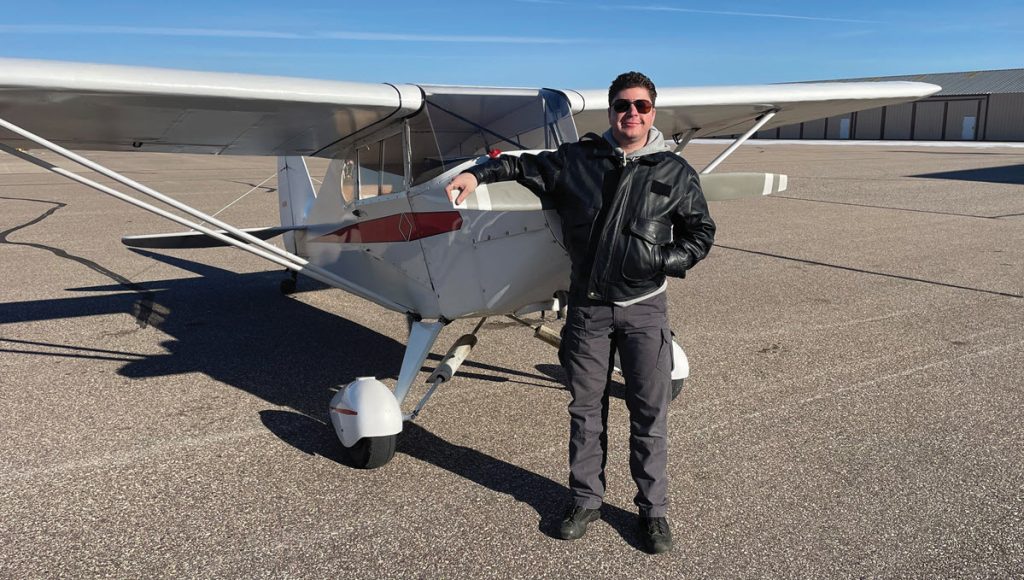
Cory
Cory grew up around aviation, flying since he was a toddler. His father, mother and grandfather all flew for pleasure, but they had other careers outside of aviation. They encouraged him to achieve his goals and helped him gain his airtime. His family had several airplanes available to fly, including his grandpa’s Piper Vagabond which is still in the family and frequently flown.
He set his sights on an aviation career when he was in sixth grade. He selected high school courses to help him achieve his goals, including advanced placement classes that would lighten his college coursework. Cory received his Bachelor of Science degree in aviation management with the goal of flying for an airline. Cory intensely focused on a goal and consumed the subject matter to reach that goal quickly. His dedication shows in how quickly he progressed. He went from zero time to CFII in just under three years, and then taught at the college where he trained.
He joined Air Wisconsin in March 2019, where he was promoted from First Officer to Captain in less than two years. He now works as a check airman/instructor pilot for Air Wisconsin in addition to flying as a line pilot for the airline.
Aaron
Aaron had plans to fly since kindergarten. He faced two hurdles, however: No one in his family flew and flight training in his home state, Hawaii, was astronomically expensive. While working on his Master’s degree, he began saving money like crazy for flight training. He worked long hours, even taking on duties as an “overqualified bus boy” at a restaurant.
Determined to pursue his training, Aaron moved to Wisconsin where it was more affordable. Once he had accumulated enough airtime, he bought a Cessna 150 taildragger – not only to build more time but to take on longer trips for fun and experience. He credits his plane purchase with giving him 100 hours of extra time and skills.
Aaron currently has his instrument rating and commercial certificate. He is looking at multi and CFI endorsements next. He plans to purchase a tricycle gear 150/152 in the future to use for training students. In order to finance his next aircraft, he just sold his taildragger. In the end, the 150 turned out to be a great investment.
Eden
Eden never had friends or family members who could offer her opportunities to fly and she didn’t grow up with those possibilities. While in college, she decided desk jobs did not interest her. She was in the process of examining her priorities, when she had a chance to take a local flight. She was so entranced by it, she wanted more. At that point, she shifted her focus and set her sights on flying.
Eden worked her way through flight training in a Part 61 program, continuing her training as finances allowed. She also received a scholarship to help pay for her training. Her flying friends encouraged her and the camaraderie of other pilots both motivated and educated her. She pointed out how valuable those who helped guide her along — mentors, friends and family — really were.
As of this writing, Eden continues doing excellent work at a high-end restaurant, tucking away the money she needs for her CFI check ride, which she will take in her acquired share of a Piper Tri-Pacer.
AN AIRPORT SUCCESS STORY
PCZ, the Waupaca, Wisconsin airport mentioned in this article, is a success story of its own. Located about an hour northwest of Oshkosh, Wisconsin, its proximity to so much aviation activity has helped our part of Wisconsin become significant.
When Mat and Britney Klatt become airport managers in May of 2022, the local pilots noticed an immediate difference in management style and improved communication with the city leaders. Our airport had been a bit of an afterthought and was a drain on city finances, which made upgrade requests difficult for the community’s budget committee to endorse. After Mat invited city leaders out for a better understanding of the airport’s current offerings and future potential, the attitude immediately began to improve.
One measure of an airport’s success is fuel sales, a valuable source of income for the airport. Volume of fuel sales has tripled since Mat and Britney took over. The fuel is priced reasonably and there is still a profitable margin. The city was pleased about this and voted to grant Mat and Britney a 10-year extension to their contract.
Fuel sales also indicate something about traffic and activity at the airport. Pilots are now coming from farther away not only for fuel, but also for the social events the Klatts hold. Thursday breakfasts have become quite popular, as well as the Tuesday night pilot trivia contests.
Thanksgiving and Christmas gatherings have also been held, with locals bringing a dish to pass.
This positive interaction with pilots comes, in no small part, because Mat is a pilot and knows many locals who fly in the area. He is friendly, welcoming, and helpful. He also owns a maintenance shop that can do annuals, some engine work, and limited avionics.
This airport has truly become a happy place for many, myself included. Sometimes, I just hang out with the other pilots, as there is a real sense of camaraderie. The weekly and seasonal gatherings help solidify the bond of friendship among the pilots at Waupaca.
Waupaca Airport @ Brunner Field (PCZ)
Managed by Klatt Aero: Mat and Britney Klatt
2601 Runway Drive
Waupaca, WI 54981
715-258-4427
airport@waupacawi.gov
cityofwaupaca.org/departments/airport/
The Waupaca Airport offers:
- Flight Training
- Aircraft Repair
- Hangar Rental/Ownership
- Showers
- 24-Hour Self Serve Fuel Farm (100 LL and Jet A)
- Courtesy Car
- And of course a helpful, friendly staff
Common Threads
It was a lot of fun interviewing these four individuals who have worked hard to become pilots. They are an integral part of the family atmosphere at our local airport, where everyone knows everyone well. I was struck by the common themes in each story. All worked many hours to pay for their aviation costs as they went. All sacrificed their time and their spare income to meet their goals. All commented about how someone (or several people), made a difference in their ability to become a pilot. There were those who contributed time, know-how, mentorship, spare aviation parts, or use of an aircraft when these young people needed it most. These are the people who made all the difference.
I am delighted to know these four talented pilots.
Jim Curns has been around airplanes since the mid-1960s. After starting a business and a family, he learned to fly. He has owned ultralight, experimental, Cessna, and Piper aircraft.

